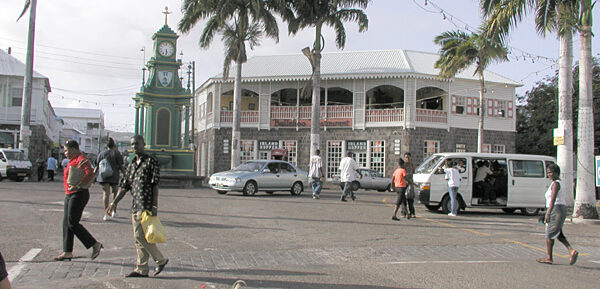Your cart is currently empty!
St. Kitts & Nevis Population & religion

Population
The population of Saint Kitts and Nevis is around 53,000 (July 2019 est.) and has remained relatively constant for many years. At the end of the nineteenth century, there were 42,600 residents, the number slowly rising to a little over 50,000 by the mid-twentieth century. Between 1960 and 1990, the population dropped from 50,000 to 40,000, before rising again to its current level. Approximately three-quarters of the population live in Saint Kitts, with 15,500 of these living in the capital, Basseterre. Other large settlements include Cayon (population 3,000) and Sandy Point Town (3,000), both on Saint Kitts, and Gingerland (2,500), and Charlestown (1,900), both on Nevis.
The population is primarily Afro-Caribbean (92.5%), with significant minorities of European (2.1%) and Indian (1.5%) descent (2001 estimate).
As of 2018, there were 52,441 inhabitants; their average life expectancy is 76.9 years. Emigration has historically been very high, so high that the total estimated population in 2007 was little changed from that in 1961.
Emigration from St. Kitts and Nevis to the United States:
1986–1990: 3,513
1991–1995: 2,730
1996–2000: 2,101
2001–2005: 1,756
2006–2010: 1,817
Religion
Most inhabitants (82%) are Christians, mainly Anglicans and other Protestants denominations, with a smaller population of Catholics.
Roman Catholics are pastorally served by the Roman Catholic Diocese of Saint John’s–Basseterre, while the Anglicans by the Diocese of the North East Caribbean and Aruba.








